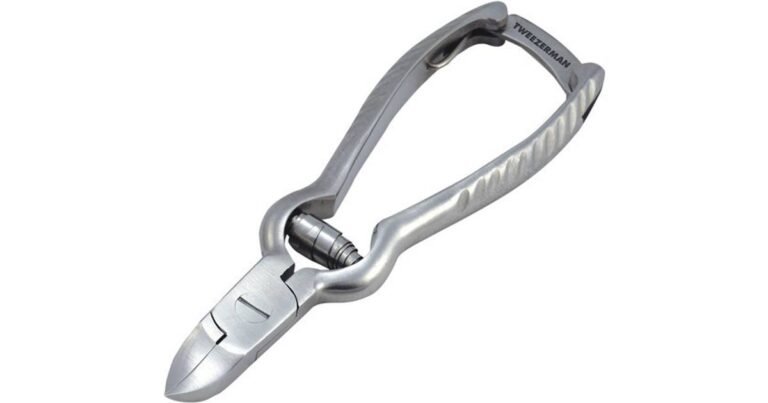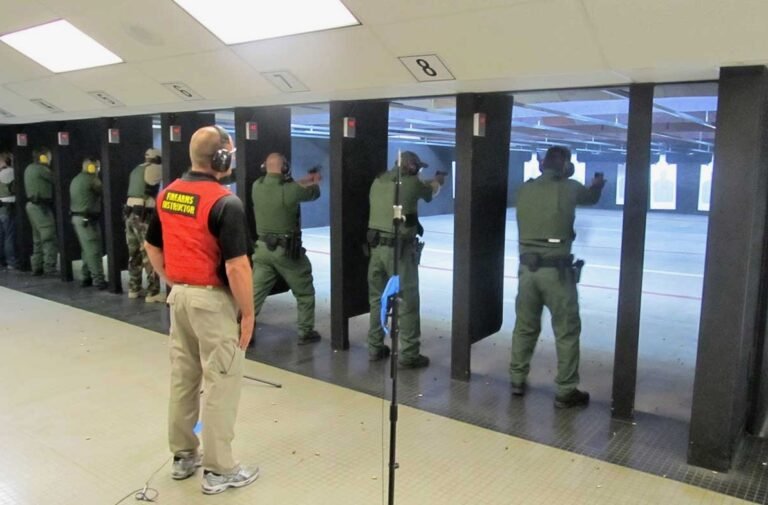How to Train Your Dog to Stop Pulling on the Leash Using Positive Reinforcement
Training your dog to walk calmly without pulling on the leash can transform your daily walks into a more enjoyable experience for both you and your furry companion. Leash pulling is a common problem, especially with energetic dogs, but with the right techniques and consistency, you can teach your dog to stop pulling. Positive reinforcement is one of the most effective methods for this kind of training. By focusing on rewarding good behavior rather than punishing bad behavior, you’ll build trust and encourage your dog to walk politely by your side.
Why Dogs Pull on the Leash
Before diving into the training process, it’s important to understand why dogs pull on the leash. Many dogs pull because they’re excited and eager to explore their environment. The natural instinct to follow scents, sounds, and sights often leads them to pull ahead of their owners. Additionally, some dogs pull because they’ve learned that pulling gets them where they want to go faster.
To stop pulling, you’ll need to retrain this behavior and show your dog that walking calmly results in rewards. Positive reinforcement plays a crucial role in changing your dog’s mindset about leash walking.
Preparing for Training
Before you start training, make sure you have the right equipment. A well-fitted harness or collar is essential. Avoid using choke chains or prong collars as they can cause discomfort and even harm your dog. Instead, opt for a standard flat collar or a harness that distributes pressure evenly across your dog’s chest.
If you have a strong, large-breed dog, you might be tempted to use a sturdy leash. Consider a chain leash for large dogs to ensure control without sacrificing comfort or safety. This type of leash provides durability, especially for dogs that tend to pull hard, while maintaining the gentle approach needed for positive reinforcement training.
Using Positive Reinforcement to Stop Pulling
Positive reinforcement works by rewarding your dog for desired behaviors, and encouraging them to repeat those actions in the future. Here’s how to apply this method to leash training:
Start in a Distraction-Free Environment
Begin training your dog in a quiet, distraction-free environment, such as your backyard or a quiet street. This will make it easier for your dog to focus on you without being overwhelmed by external stimuli. As your dog gets better at walking without pulling, you can gradually introduce more distractions.
Reward Your Dog for Walking Calmly
Whenever your dog walks beside you without pulling, immediately reward them with a treat or praise. Use a clicker or a specific word like “yes” to mark the behavior the moment they do it right. This helps your dog associate walking calmly with receiving rewards, making it more likely they’ll repeat the behavior.
Use the Stop-and-Go Method
If your dog begins to pull, stop walking. Stand still and wait until they stop pulling and turn to look at you. Once they do, resume walking and reward them for following without pulling. This teaches your dog that pulling on the leash gets them nowhere while walking calmly allows them to continue moving.
Change Directions When They Pull
Another effective technique is to change directions whenever your dog pulls on the leash. When your dog starts to pull, make a quick U-turn and start walking in the opposite direction. Reward your dog when they catch up and walk beside you. Over time, they’ll learn to pay more attention to you and stay close to avoid changing directions frequently.
Gradually Increase Distractions
Once your dog is consistently walking without pulling in a distraction-free environment, it’s time to add more challenges. Gradually introduce distractions such as other people, dogs, or new locations. Be patient and continue using positive reinforcement to reward good behavior. If your dog starts to pull, go back to a less distracting environment and practice until they improve.
Building Consistency with Positive Reinforcement
Consistency is key when using positive reinforcement to stop pulling. Make sure that everyone who walks your dog follows the same training rules and uses the same rewards. This will prevent confusion and reinforce the idea that pulling is never acceptable.
It’s also important to stay patient. Training takes time, especially if your dog has been pulling on the leash for a long time. With consistent effort and positive reinforcement, you’ll begin to see improvements in your dog’s behavior.
Timing in Positive Reinforcement
One of the most critical aspects of positive reinforcement is timing. Make sure to reward your dog immediately after they perform the desired behavior. If you wait too long to give the reward, your dog may not associate it with the correct action. For example, if your dog walks beside you without pulling, give them a treat right away so they understand what they did right.
Additionally, keep training sessions short and frequent. Dogs tend to lose focus after extended periods, so aim for 10 to 15-minute training sessions multiple times a day.
Transitioning Away from Treats
While treats are an excellent tool for training, it’s important to gradually transition away from using them as your dog improves. Over time, start rewarding your dog with verbal praise, petting, or play instead of treats. This will ensure that your dog continues to walk calmly on the leash without always expecting food.
Common Mistakes to Avoid During Training
When teaching your dog to stop pulling on the leash, there are a few common mistakes to avoid:
- Inconsistent Training: Make sure everyone walking the dog uses the same methods and rewards to prevent confusion.
- Punishment: Avoid punishing your dog for pulling. Negative reinforcement can create anxiety and worsen the behavior.
- Lack of Patience: Training takes time. Don’t expect immediate results, and be patient as your dog learns.
Final Thoughts
Teaching your dog to stop pulling on the leash using positive reinforcement can strengthen the bond between you and your dog, making walks more enjoyable for both of you. With the right equipment, consistent training, and plenty of rewards, your dog will learn to walk politely by your side. Remember, positive reinforcement is about encouraging good behavior, not punishing bad behavior. By focusing on rewarding your dog for walking calmly, you’ll achieve lasting results and create a more peaceful walking routine.
To maintain control and ensure safety during the training process, especially with larger dogs, consider using a durable chain leash for large dogs. This type of leash provides the strength needed without compromising the gentle approach of positive reinforcement training.






